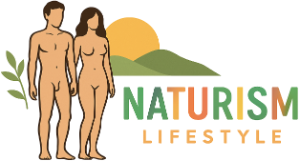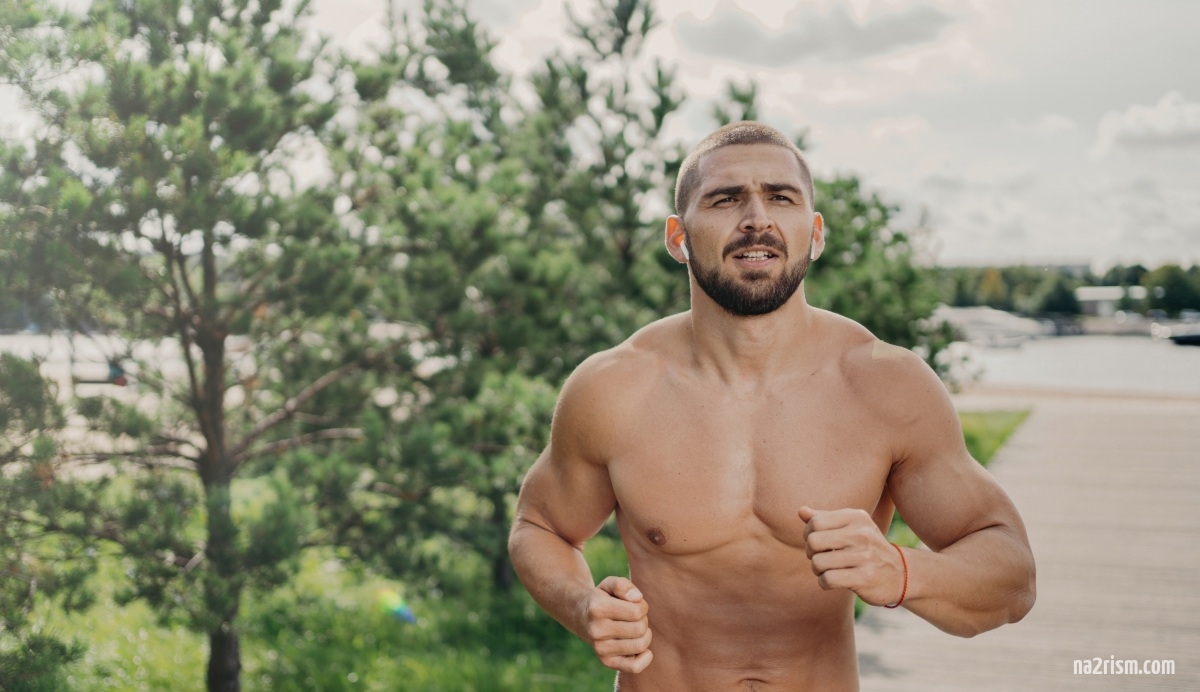Naked running, also known as nude running, combines the liberating aspects of naturism with the physical rigor of jogging or running, offering a unique way to enjoy exercise while embracing the naturist lifestyle. This practice has roots that stretch back to ancient times and carries a range of benefits along with its own unique set of challenges.
Historical context
The tradition of naked running can be traced back to the ancient Greeks, who celebrated the human form by promoting athletic nudity, particularly in the original Olympic Games. Competitors participated in various sports, including races, in the nude as a celebration of the human body and its capabilities. This historical precedent set a foundation that highlights the purity of the sport and the beauty of unadorned athleticism.
Psychological and physical benefits
Engaging in naked running brings a profound sense of freedom. The absence of clothing while running not only provides physical lightness but also promotes a psychological state of liberation and connectedness with the environment. This form of running is often seen as a deep expression of body positivity, as it encourages runners to accept and celebrate their bodies in their natural state, regardless of societal beauty standards.
Physically, the benefits are equally significant. Running without clothes allows the skin to breathe more freely, reducing issues like chafing and irritation that often come with sweat-soaked fabrics. This exposure also means better opportunities for vitamin D synthesis from sunlight, although it’s essential to balance this with the need for sun protection to avoid skin damage.
Another notable benefit is the enhanced body awareness that comes from running nude. Without the distraction of clothing, runners might find a more natural stride and improved posture, which can lead to more effective running techniques and potentially fewer injuries.
Challenges and considerations
Despite its benefits, naked running does face several challenges, primarily legal and social constraints. Public nudity is illegal in many areas, which means enthusiasts often need to find specific venues where they can engage in naked running legally. These might include private tracks, designated nudist areas, or special events organized with permissions for nude activities.
Environmental exposure is another consideration. Running naked means more direct exposure to elements, be it harsh sunlight, cold, or environmental irritants like insects or plants. Runners need to plan for these factors, possibly applying sunscreen or choosing routes that minimize these risks.
Safety is also a paramount concern, especially in secluded or less frequented areas. Running in groups or at least informing someone about one’s route and expected return can add a layer of safety. Additionally, carrying a communication device can help in emergencies.
Community and events
There are events and communities worldwide that support and promote naked running. These organized events provide a safe and legal framework for enthusiasts to participate in nude running. From annual races like the Bare Buns Fun Run to various nude 5K runs held at naturist resorts, these events foster a sense of community and offer a platform for like-minded individuals to connect and share their experiences.
Naked running is more than just an exercise; it’s a celebration of freedom, a commitment to health, and a form of personal expression within the naturist philosophy. While it does require careful consideration of legalities, personal safety, and environmental factors, the rewards can be significant. For those who engage in it, naked running provides a unique way to connect with nature, improve physical and mental health, and embrace an uninhibited lifestyle. Whether experienced in solitude or as part of a community event, it promises a liberating blend of joy and vitality that is rare in other forms of exercise.

